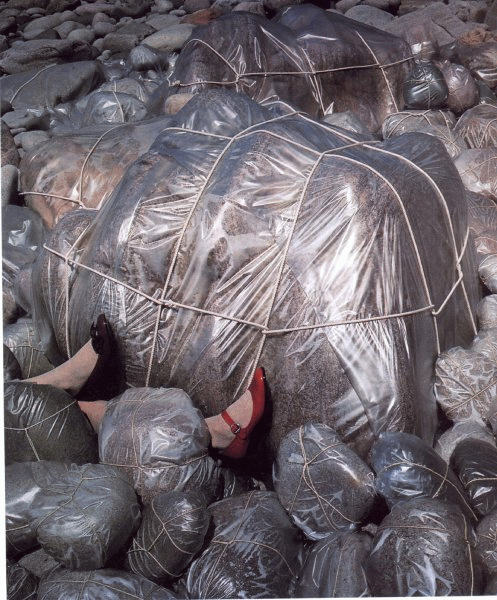


The fashion extremes of the 1960's (Space age, hippie, mini) paved the
way for more realistic and wearable clothes in the 1970's. The U.S. recession
and involvement in the Vietnam War helped to bring fashion down to earth
and replace fantasy with realism. Blue denim became the uniform of the
world. Social changes, particularly the changing roles of women, were
echoed with a rise in successful female photographers. Eve Arnold, Deborah
Tuberville and Sarah Moon photographed women on their own terms. Not as
male sex objects or idolised icons of femininity.
Aesthetic ideals were extended to encompass wider conceptions of beauty.
Models such as the Somalian Iman and Hawaiian Marie Helvin rose to prominence.
In America the healthy, All-American model look was epitomised by Lauren
Hutton and Christie Brinkley.
Some of the strongest images of the decade came from the camera of Berlin
born Helmut Newton. Strong, erotic pictures of sexually confident women
challenged ideas of femininity and sexual roles. Guy Boudin captured the
drug fuelled disco culture with superficially glossy images with subversive,
disturbing undertones.


Rapid expansion of ready to wear in the 1970's saw the genesis of the
catwalk photographer. In previous decades, only a few items from each
Haute Couture collection had been made available to photographers. Now,
a whole collection could be captured, to feed an ever more voracious public
appetite for fashion.